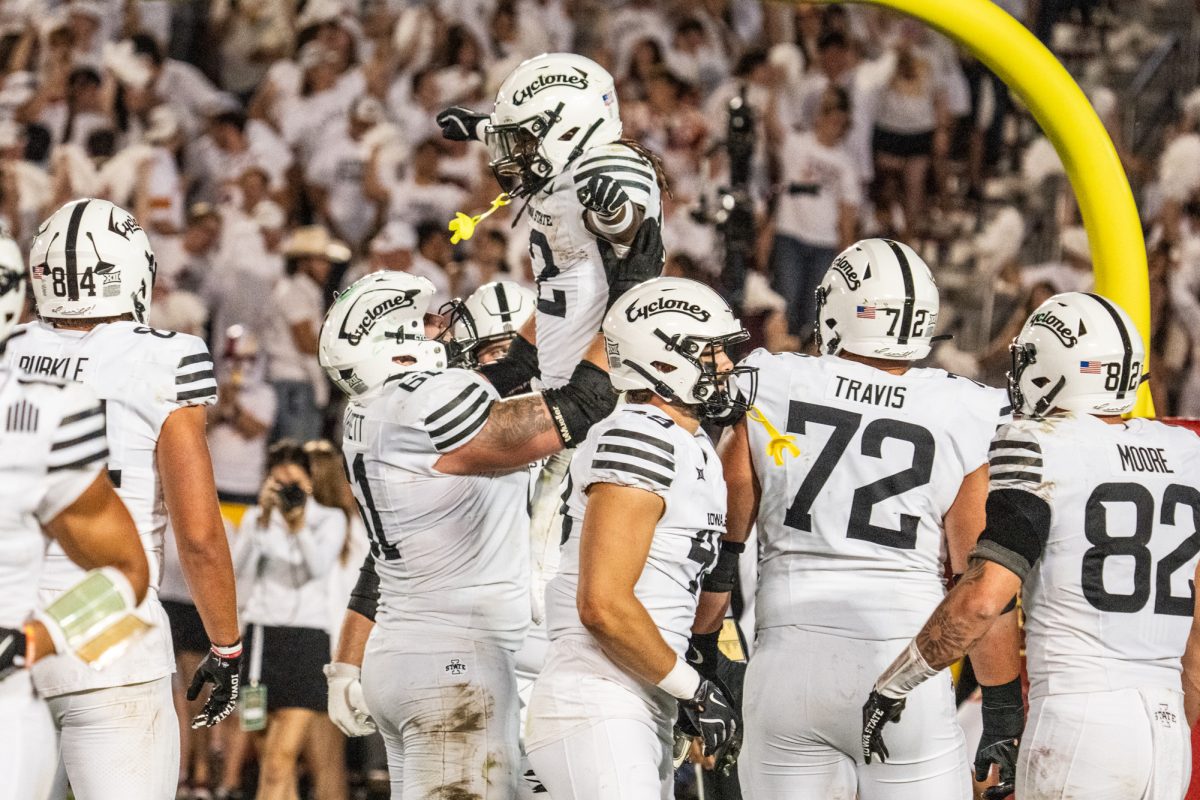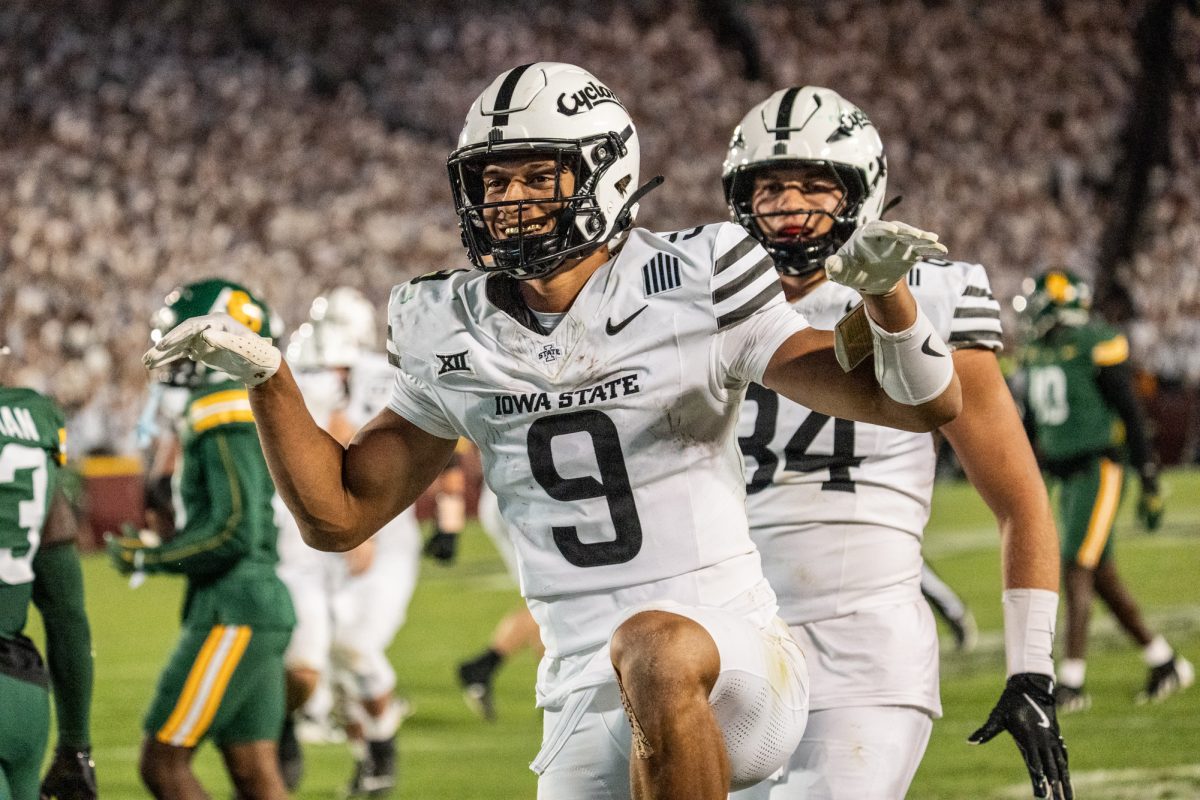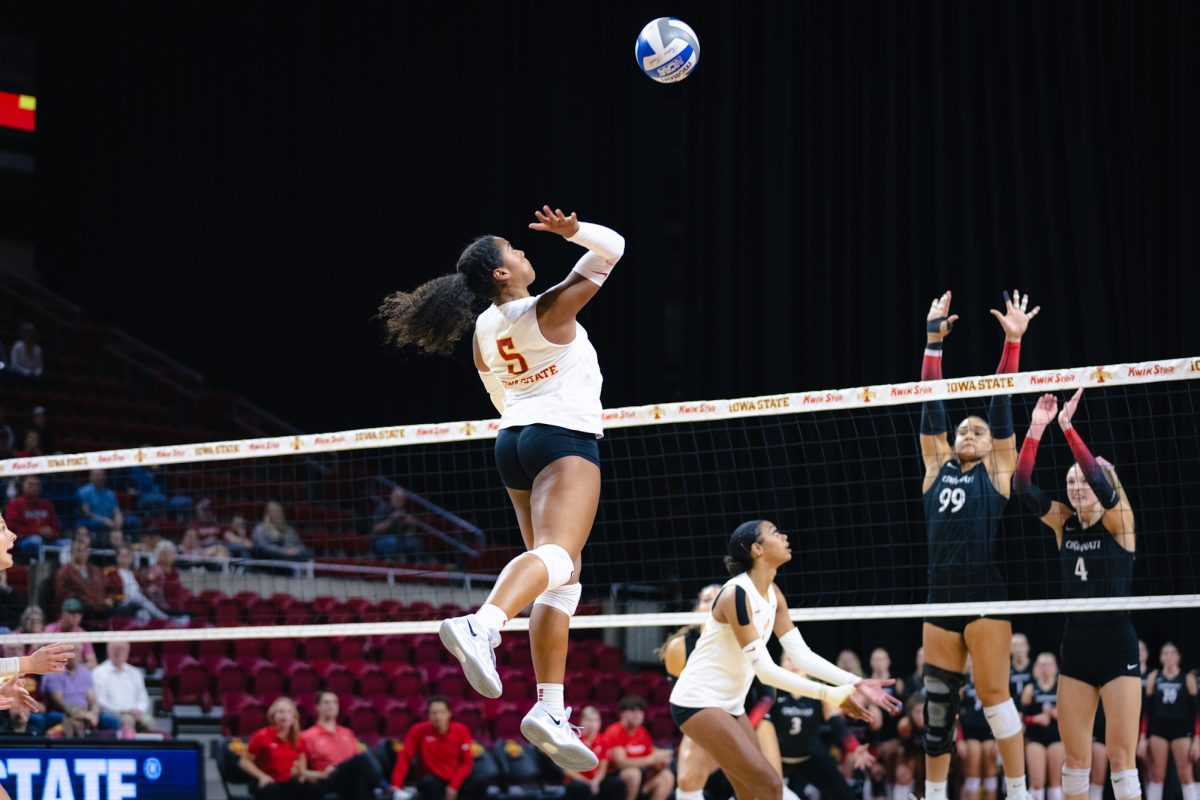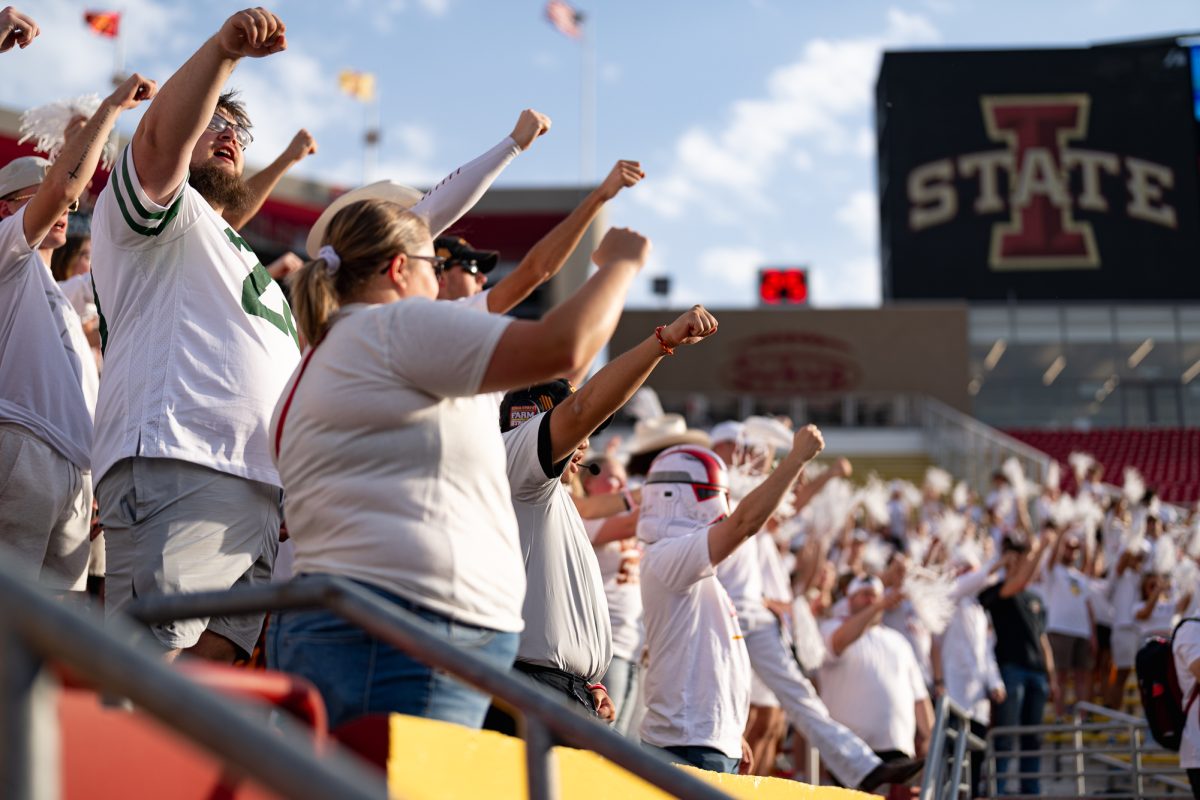Youth gone wild
May 20, 1999
We were all dumbfounded by the violence in Littleton. As we watch the memorials, the nation asks “Why?”
There are many answers: the availability of high powered automatic weapons; violence in the media and video games; a lack of adult supervision; the need for more parental responsibility; better mental health services for troubled students. These are alright but none alone is the answer we seek for reassurance that this could not happen to our children.
I offer several observations that may help us respond to this tragedy.
The first thing is not to panic. Iowa remains a safe place to go to school. We should not panic, but we cannot think we are immune from risk.
We need a comprehensive approach to juvenile crime. I advocate a continuum of programs for “at-risk” youth including highly restrictive options like the State Training School and adult court to provide serious consequences for youth who threaten community safety. We must send a clear message that there is a consequence to be paid for all violations of the law.
No one program is a magic solution, but a balanced continuum of programs is key. Because each youth is different, the goal is to have the right program for the right youth at the right time.
We must take advantage of promising new research on what causes and prevents youth violence. We may not know what causes an individual youth to become violent, but we do know what factors tend to predict or prevent violence in communities.
Iowa is in a good position to implement this important research. The work to reduce risk factors and increase protective factors is best done in local communities.
Communities engaged in this kind of process identify the risk and protective factors most relevant to them and study “best practices” to improve efforts to address those factors. The result is to prevent youth crime and to improve our response to delinquency.
I have advocated for an increased partnership between schools, communities and juvenile courts to prevent juvenile crime by expanding the use of Juvenile Court School Liaisons. They supervise students on probation, counsel at-risk youth, work to reduce truancy, respond to disruptive classroom behavior, and work with delinquent and at-risk youth after school.
Youth need places to go after school. Nearly half of all juvenile crime takes place between 2 p.m. and 8 p.m.
It is clear to me that sending youth out of the schools in the middle of the afternoon without adult supervision or constructive activities is a recipe for bad decisions. Not only are youth more likely to engage in criminal activities, they also are at much higher risk of engaging in behaviors with personally destructive outcomes such as pregnancy and drug or alcohol abuse.
Last September my office and the Iowa Association of School Boards urged Iowa schools to implement plans to promote school safety and deal with the possibility of violence.
We urged the use of prevention programs to teach conflict resolution skills. We encouraged the formation of partnerships between schools, law enforcement and community organizations. And finally we urged schools to assess safety in their buildings, prepare emergency plans and conduct regular training.
Individuals can make a difference. In your community, a youth is standing at the crossroads between the temptations of crime or making positive contributions. You can make a difference for that boy or girl by volunteering to become a part of his or her life.
There is a saying that “Every boy and girl needs at least one adult who is absolutely, irrationally crazy about them.” I can’t think of a more meaningful contribution any of us could make than to be that loving adult. And I can’t think of anything more satisfying.
Tom Miller
Iowa Attorney General






